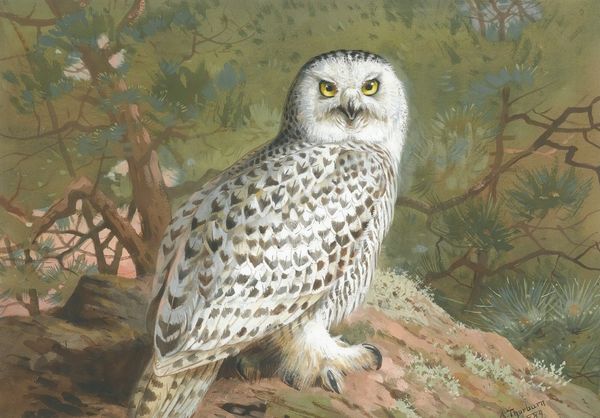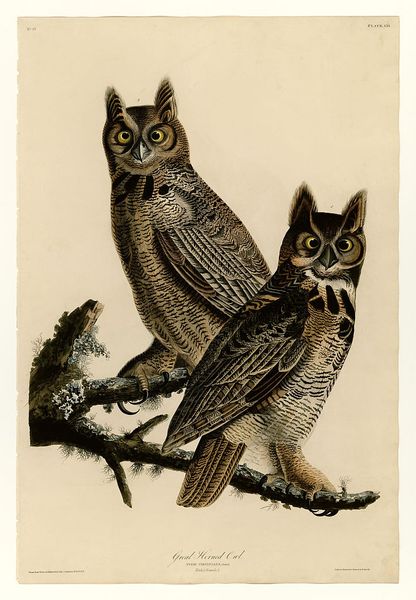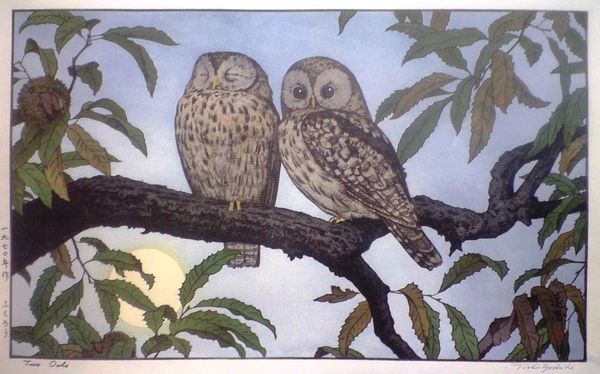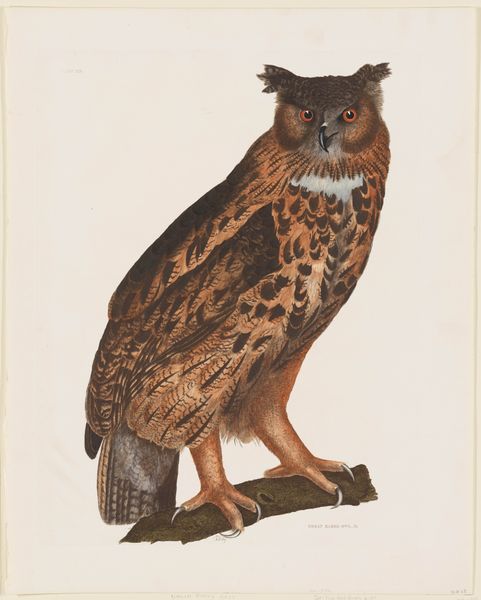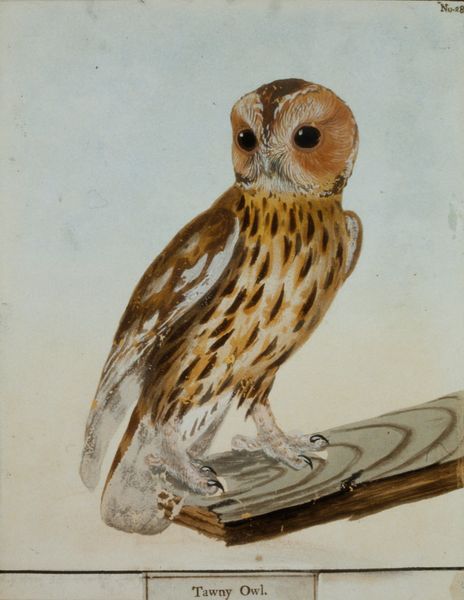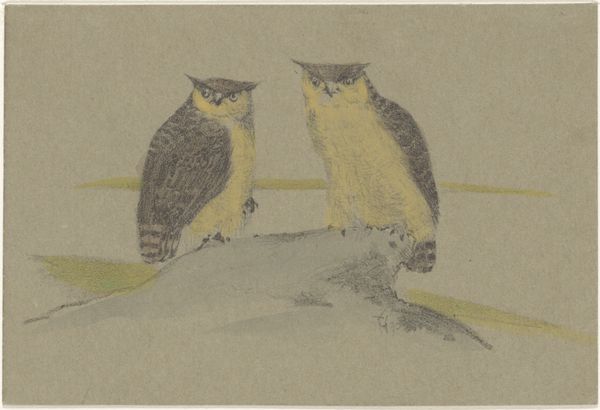
watercolor
#
portrait
#
animal
#
pictorialism
#
impressionism
#
landscape
#
oil painting
#
watercolor
#
animal portrait
#
watercolour illustration
#
watercolor
Copyright: Public Domain: Artvee
Curator: Here we have Archibald Thorburn’s watercolor, "Little Owl and Scops Owl." Editor: It's remarkable how he captures their textures with such a light medium. There's almost a feathery quality in the strokes. The composition directs your focus right into the faces. Curator: Indeed. Thorburn was a prominent figure in ornithological illustration, and his work often served as a tool for both scientific documentation and conservation efforts in a rapidly changing world. Editor: It’s interesting how, in this detailed study, each owl has a distinct posture—the Little Owl standing so tall and almost defiant compared to the tilted head of the Scops Owl. Curator: The stance really says so much. Consider, if you will, that Thorburn was creating during a period of increasing industrialization and urbanization, impacting natural habitats and raising questions about our relationship with nature. These images were powerful statements. They provided visual testimony of a disappearing world and prompted awareness about endangered species. Editor: Focusing solely on the artistry for a moment, note how Thorburn employs watercolor. There’s very little heavy pigment. Light plays across their forms and emphasizes their shape. Semiotically speaking, that light gives them almost a haloed significance. Curator: And the light isn’t accidental. It reflects not just visual accuracy, but a deeper awareness of the impact on wildlife. The very act of documenting these owls underscores the vulnerability of their existence in a changing ecosystem. Editor: I appreciate your reading of its contextual history, because it highlights the intersection between his role as artist, conservationist, and educator. When I look closely at how he used shading around the face of each bird, they seem not just observed, but deeply known by the artist. Curator: Understanding these nuances allows us to approach the artwork from different points of view and draw new understandings, allowing us to address the intersectionality within nature. Editor: A rewarding dialogue, emphasizing both our relationship to the natural world and its artful representation.
Comments
No comments
Be the first to comment and join the conversation on the ultimate creative platform.
